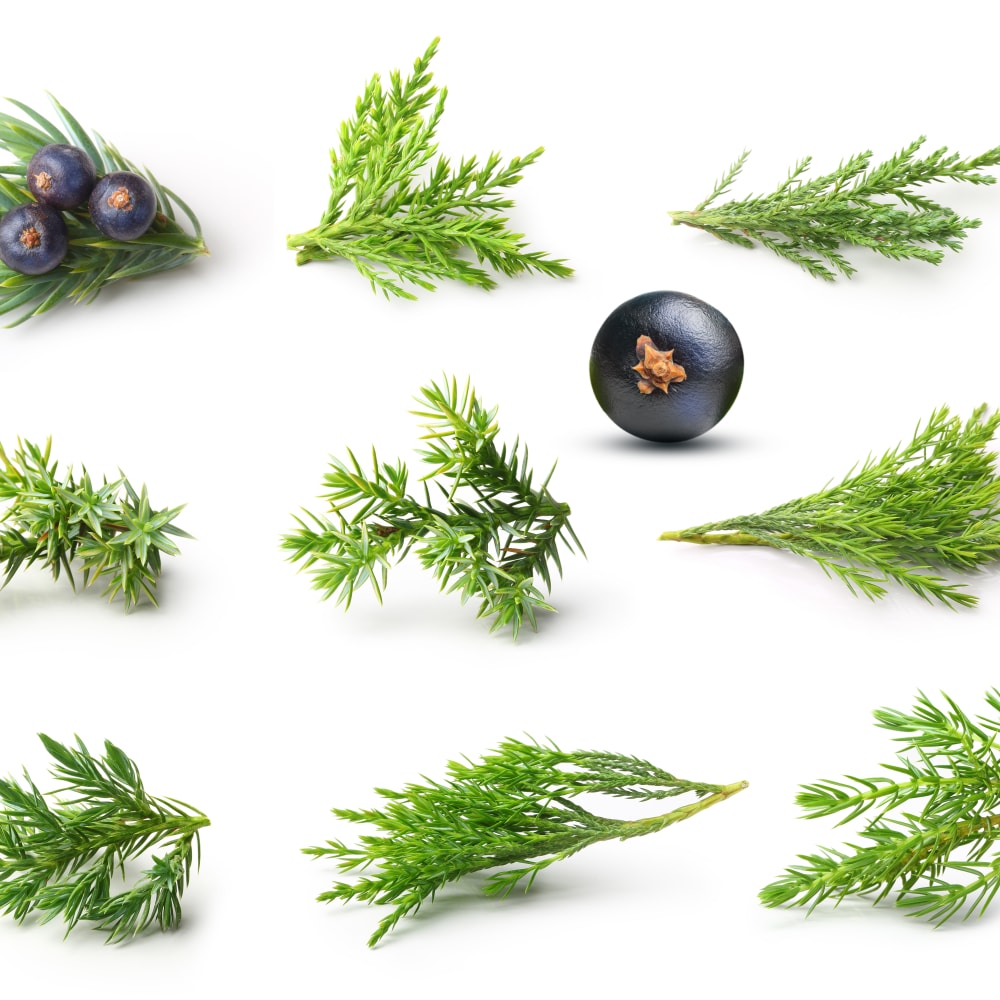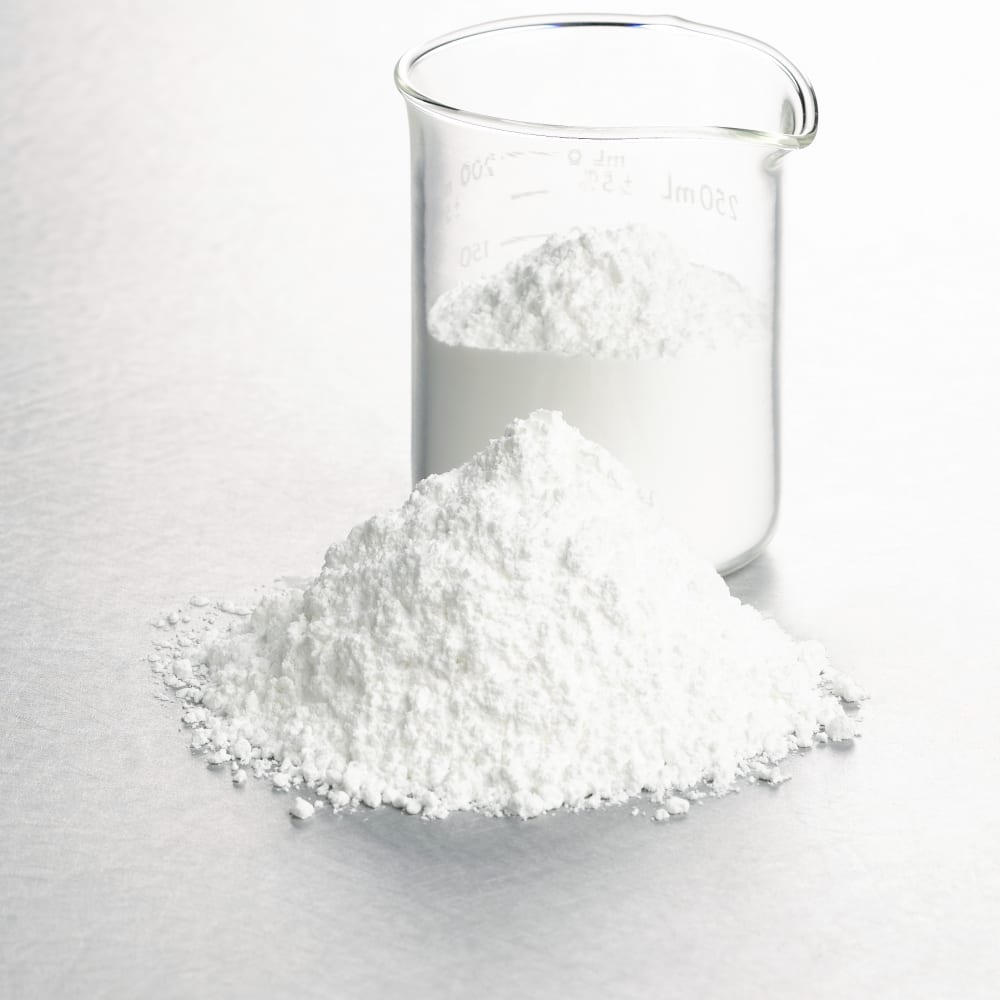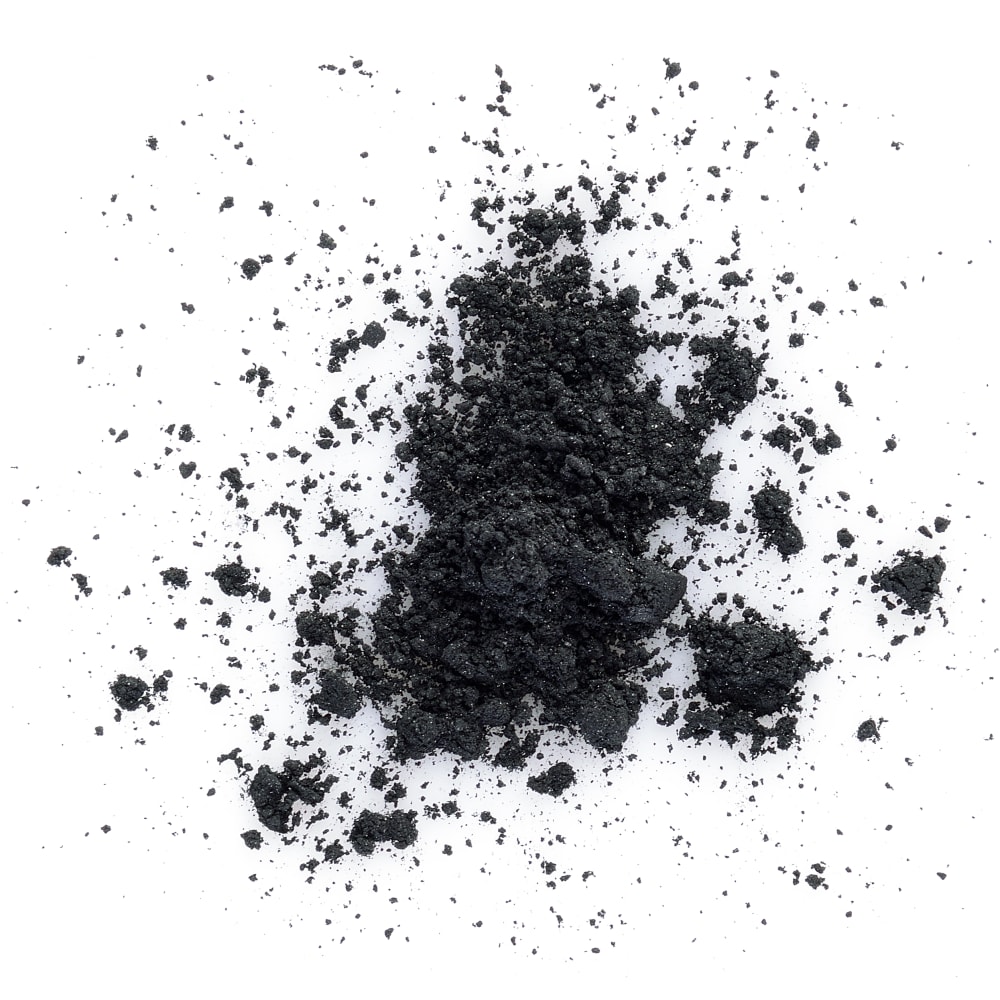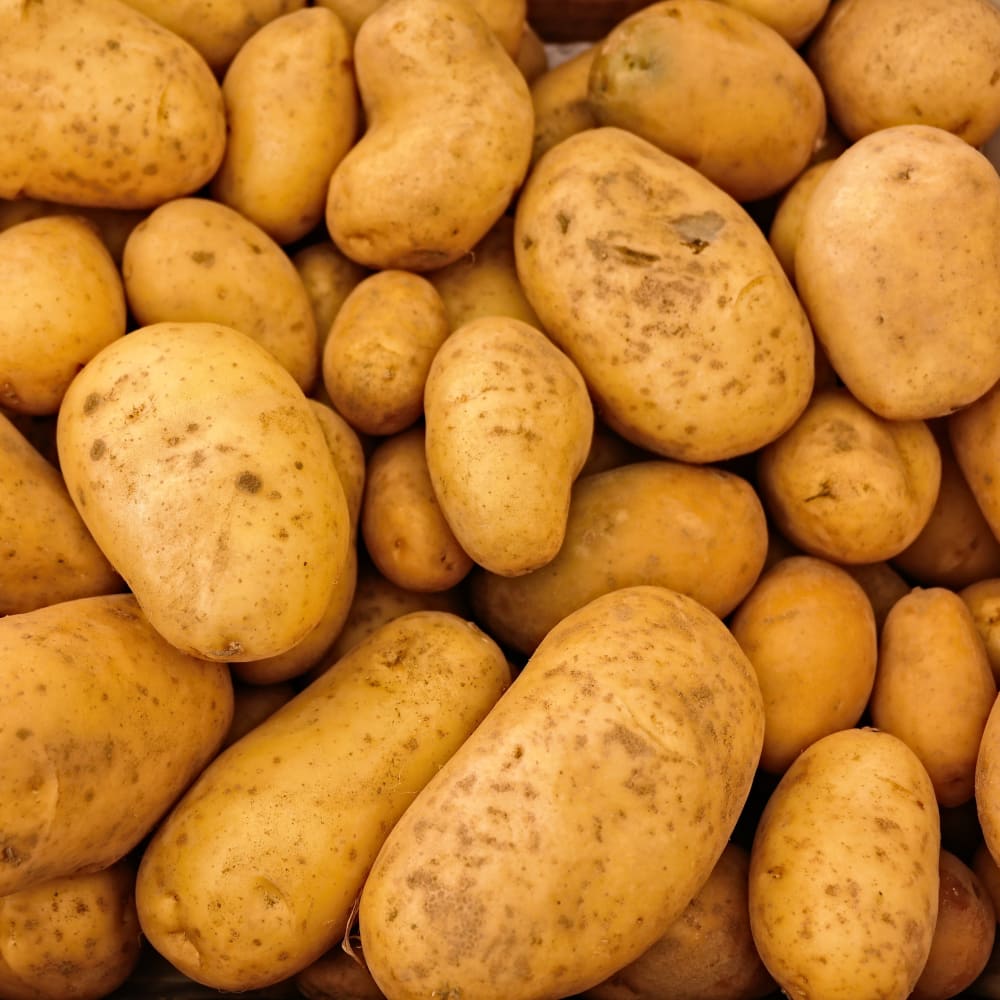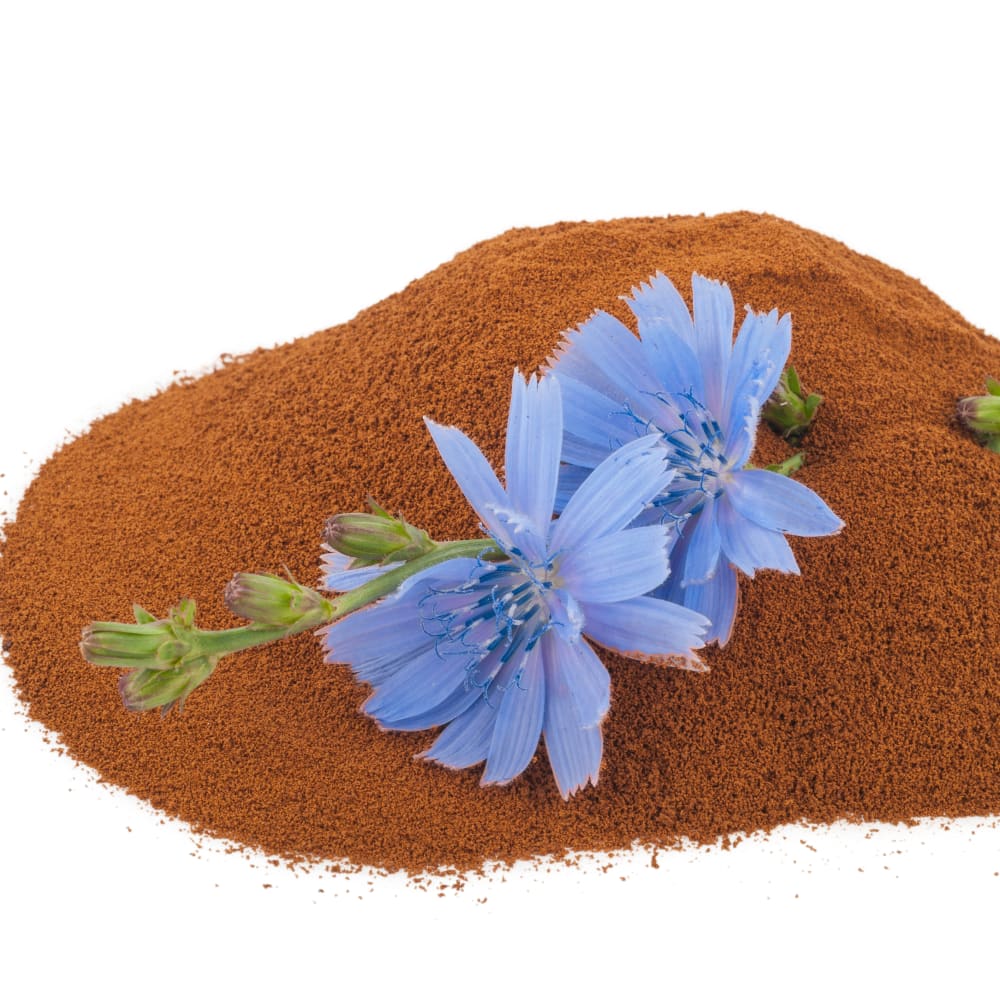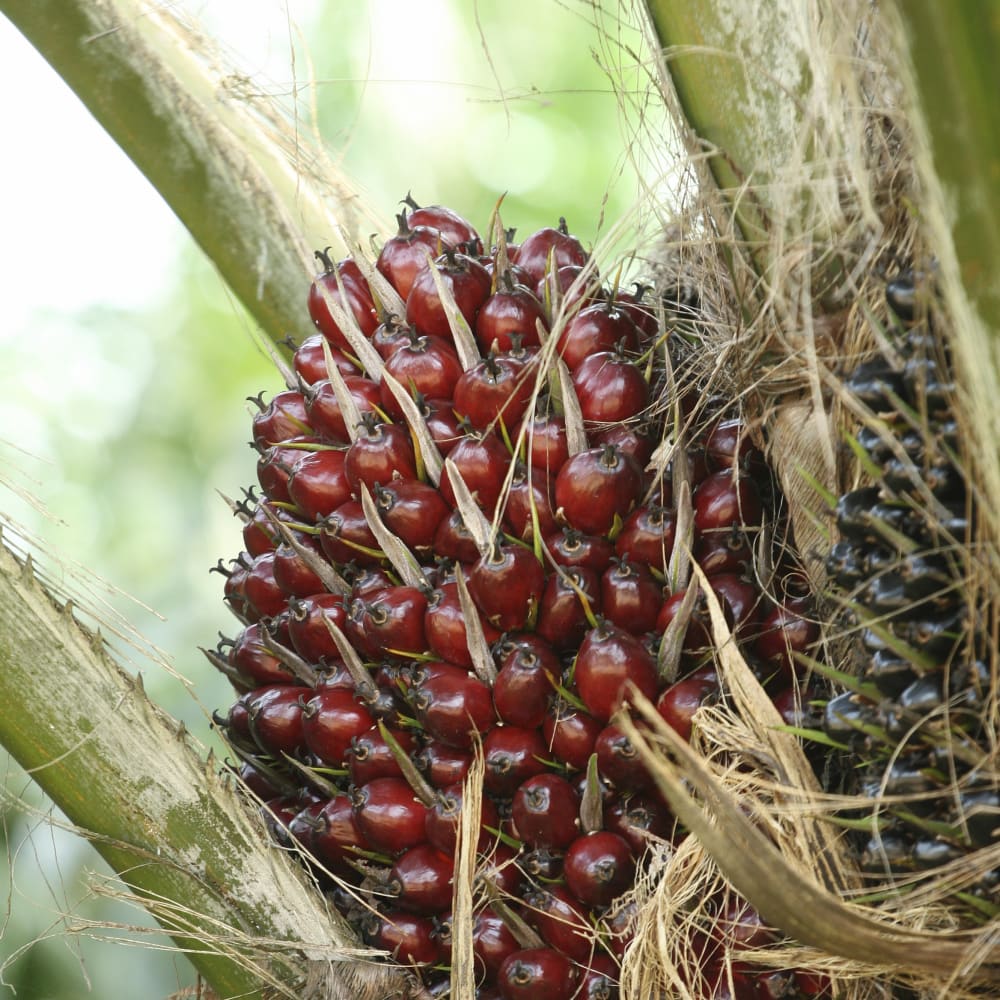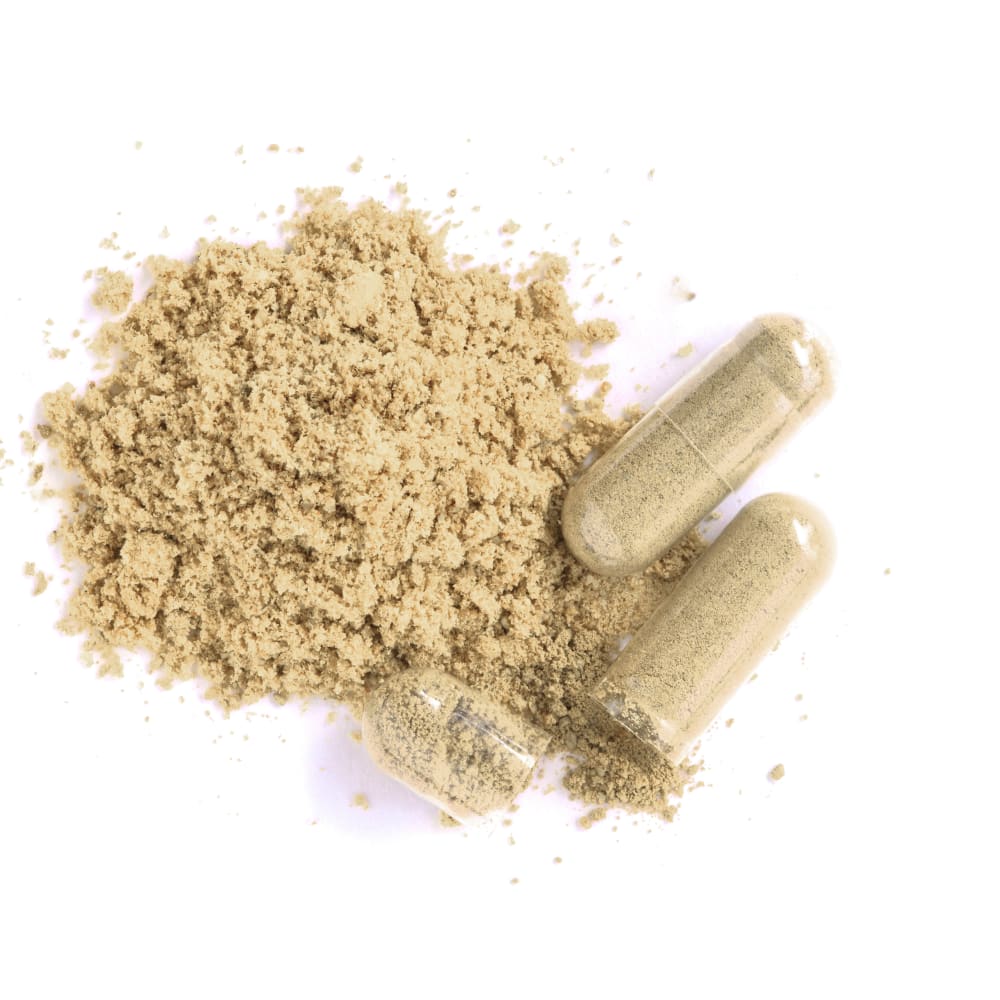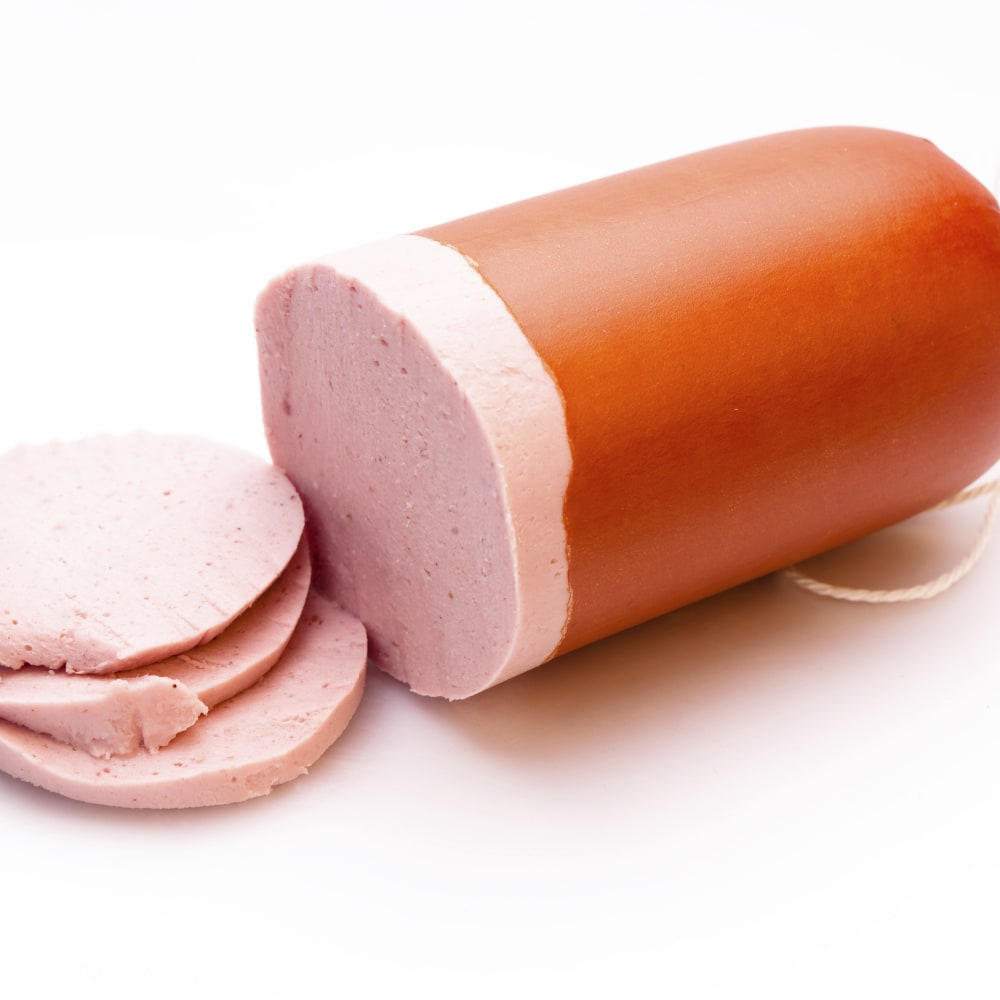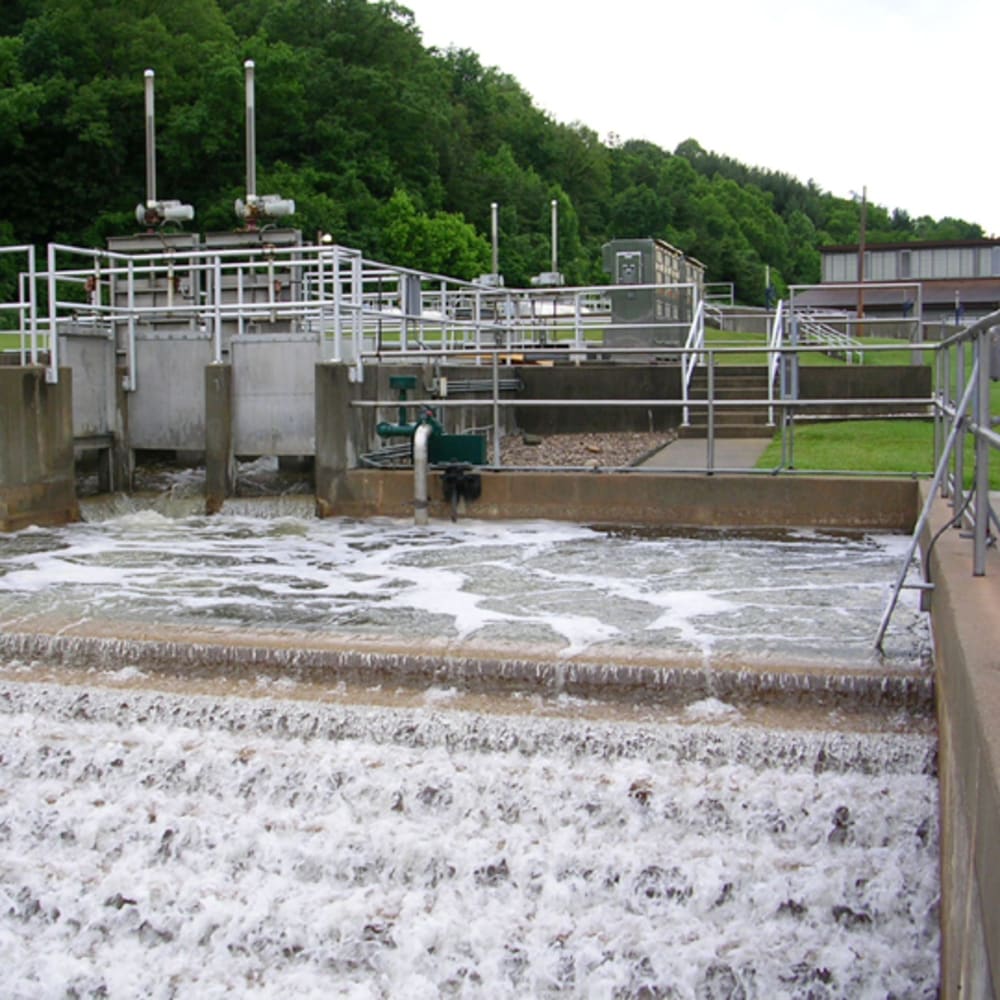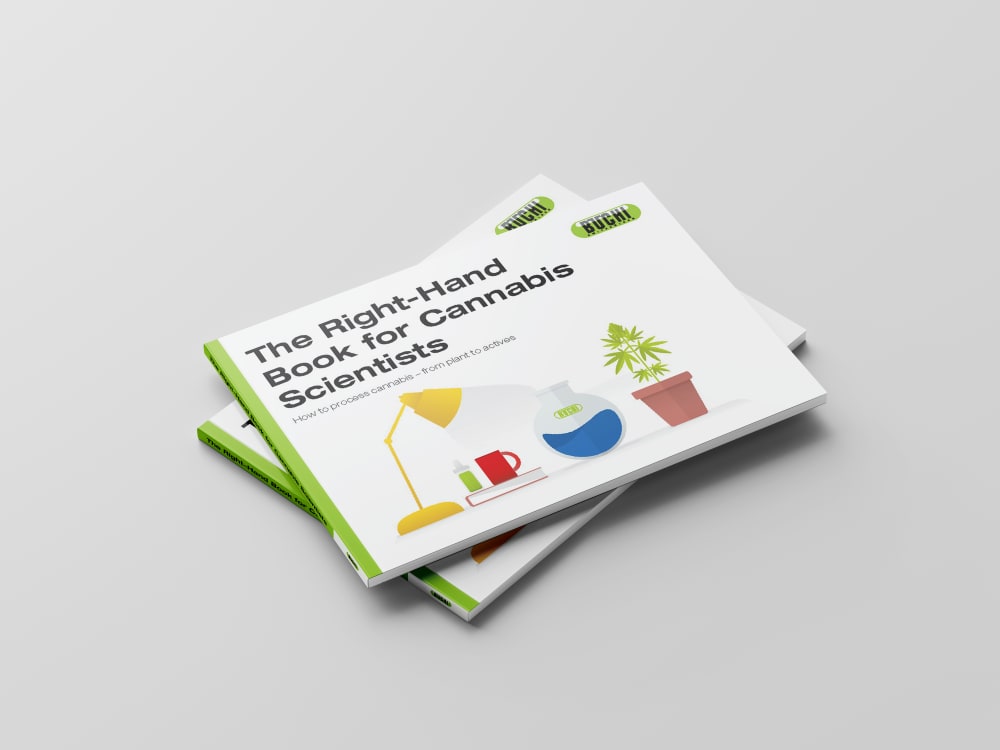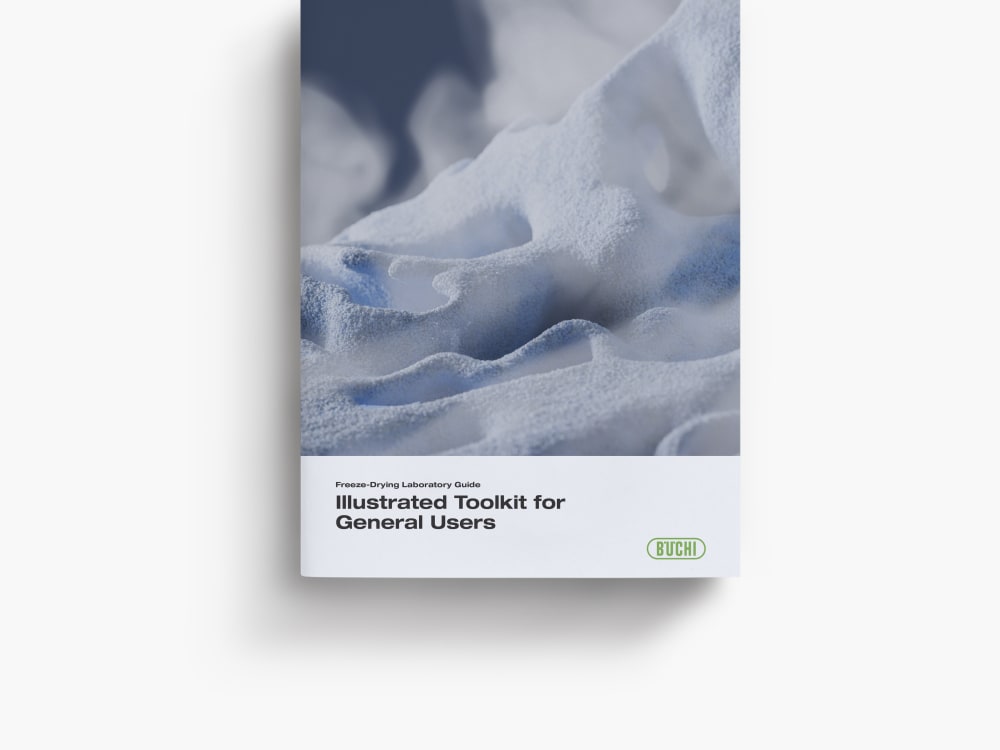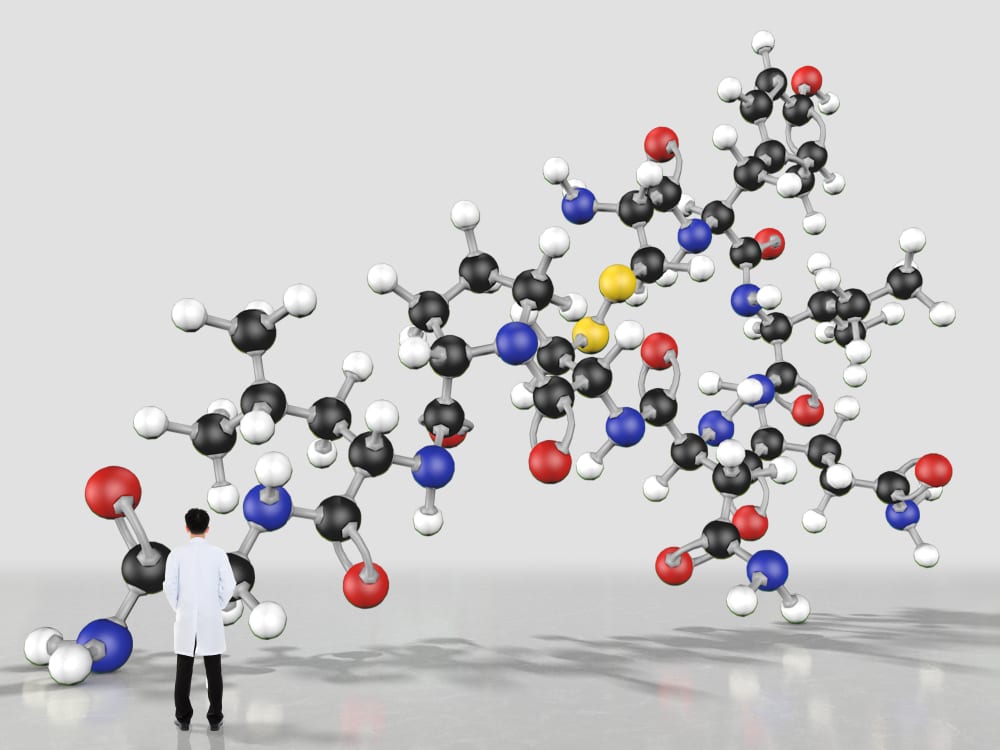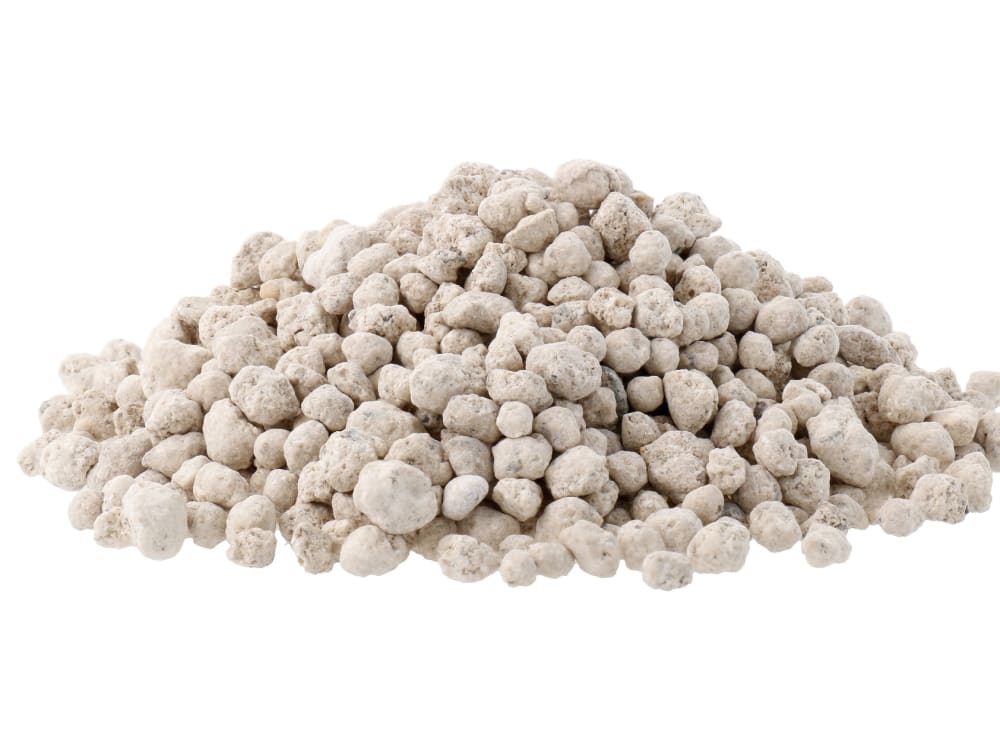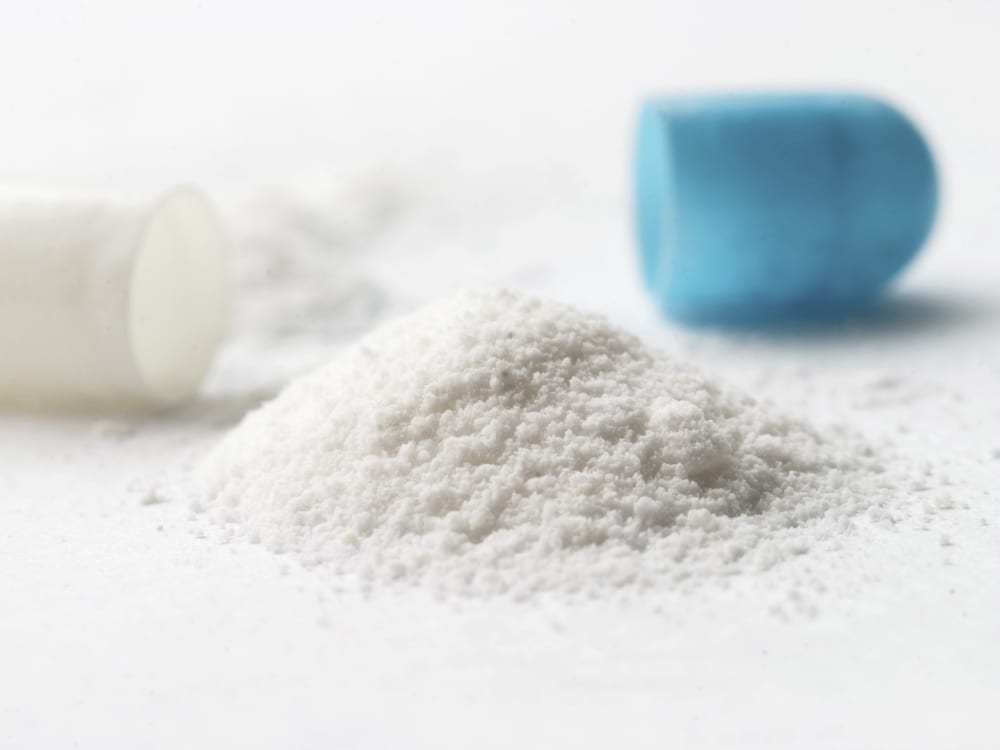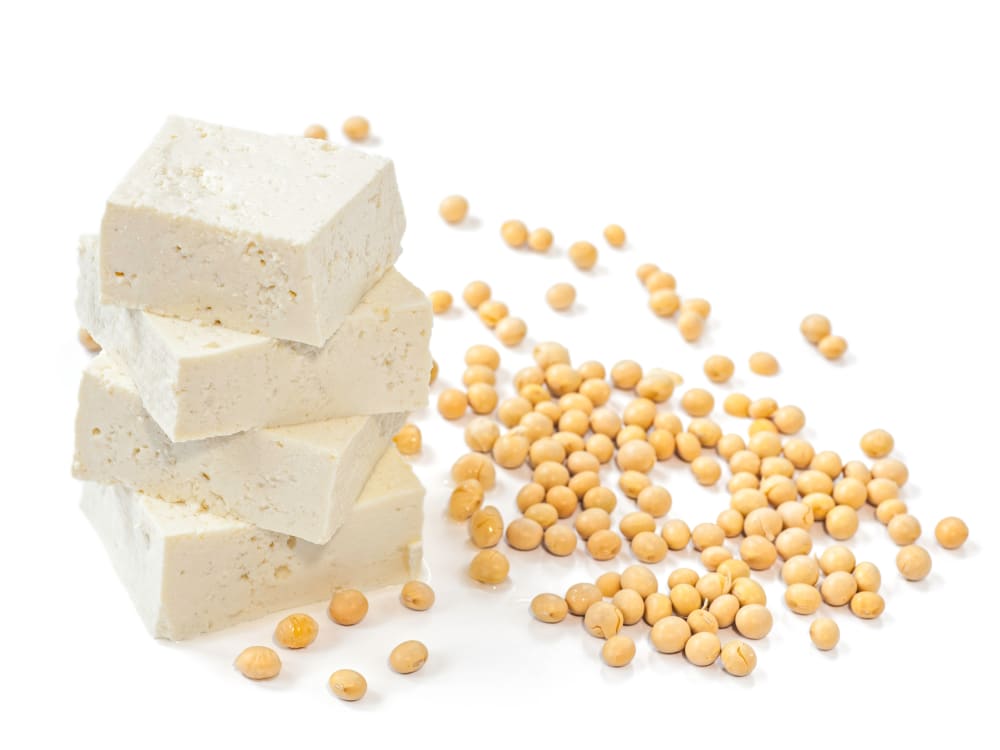Методики
Spray drying cemented tungsten carbide
Cemented carbide is a hard material and famous for its good fracture toughness as well as extraordinary wear resistance. Major components of cemented carbide are tungsten carbide (WC) as a metal carbide and cobalt (Co) as a soft binder. It shows unique characteristics, such as high strength at elevated temperature, mechanical and chemical resistance. These properties render carbide tools appropriate for cutting, drilling, mining and machining. Of course, various kinds of other material carbides (titanium carbide, tantalum carbide, chrome carbide etc.) could be added.The conventional manufacturing process of cemented carbide includes wet milling of raw materials, spray drying, pressing, debinding and presintering, sintering, and finishing.In this application, we will highlight the important spray drying step to obtain WC/Co dried powder using the BUCHI Mini Spray Dryer B-290.
Определение содержания общего азота по методу Кьельдаля (TKN) в воде и сточных водах с использованием колориметрическое титрование
Колориметрическое определение общего азота по Кьельдалю в воде и сточных водах согласно требованиям ISO 5663 и CFR 40, часть 136.3 с помощью датчика Optrode, а также установление предела обнаружения (LOD) и предела количественного определения (LOQ)

